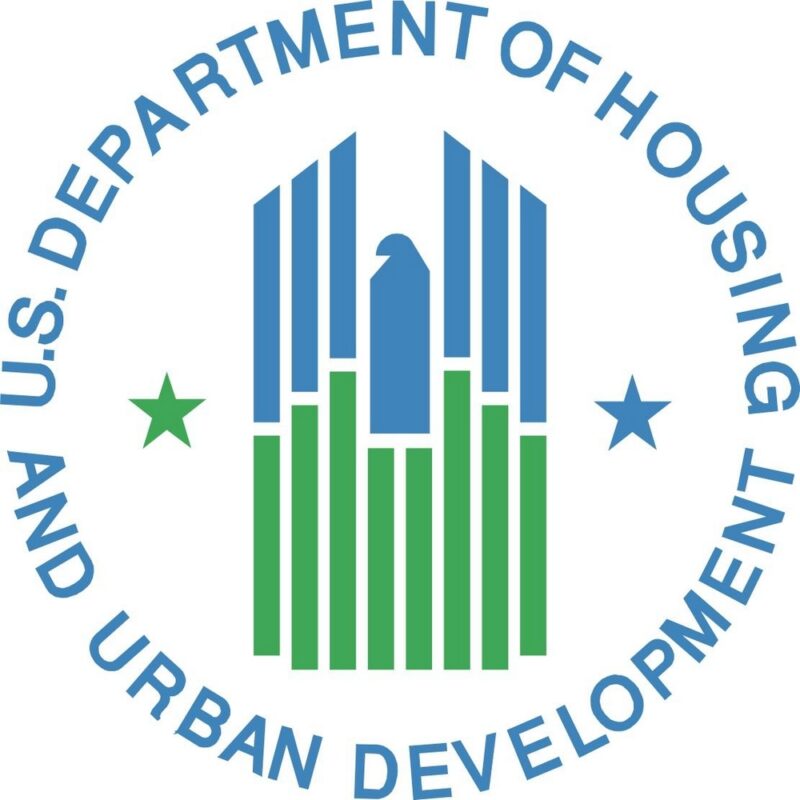![]()
Streamlined Trauma-Informed Design Improves Access to vital resources.

The U.S. Department of Housing and Urban Development (HUD) announces the completion of a transformative project to update webpages for all 50 states, territories, and the District of Columbia on HUD.gov. These updated pages feature a streamlined design and trauma-informed elements, making it easier for communities nationwide to access vital resources, including affordable housing services, homeownership support, housing counseling, disaster recovery assistance, and more.
After months of collaborative work, including feedback from those most likely to use the webpages, HUD has reduced the total number of pages from 2,500 to approximately 100 and made significant edits to streamline the design, prioritizing user experience and accessibility.
“To inclusively serve our communities, we must reach people where they are at by making HUD resources as easily available as possible,” said HUD Agency Head Adrianne Todman.“These updates to HUD’s state webpages are a big milestone in our mission to create accessible, responsive, and trauma-informed digital services to ensure our most vulnerable communities are seen and heard and have access to the help they seek.”
The goal of the state webpage redesign was to transform these resources from a static wall of information that was difficult for users to navigate into a user-friendly, self-help kiosk design that significantly improves the user experience. The development, completion, and implementation of the updates were a collaborative effort between HUD’s Public Affairs and Field Policy and Management offices. By combining communications and technology expertise with local resources and the specific needs of communities, HUD ensured that the redesign was both effective and responsive to users’ requirements.
“Staying up to date with technology, user experience, and online accessibility is essential for ensuring that the people we serve across the country have seamless access to the information and resources they need,” said Assistant Secretary for Public Affairs Natalia Vanegas. “By prioritizing these efforts, we can empower individuals and communities to make informed decisions and find the support they seek when they need it most.”
HUD conducted feedback sessions at the Salvation Army Center for Hope and heard from shelter residents about the barriers they faced when navigating the previous webpages. After analyzing the feedback and other data, HUD learned that users struggled to find the most essential information, such as contact details for their local HUD offices, tenant rights, homebuying guidance, housing counseling, shelter locations, housing authority websites, and additional resources. HUD also recognized the importance of incorporating trauma-informed design elements that prioritize inclusivity and accessibility. These insights helped create a more accessible and compassionate digital experience for all.
In addition to removing thousands of webpages to highlight the information users identified as most needed, the human-centered redesign emphasized user experience and reducing cognitive load. Webpage navigation was streamlined, and a floating “Need More Help” button was added to every page, allowing users to seek assistance whenever they feel stuck. The design was also made more responsive and optimized for mobile browsing.
As part of the redesign, users’ physical and emotional safety was focused on by including content warnings, safe exit options, and support. Guided by trauma-informed design principles, HUD worked hard to build trust with users by suspending assumptions about what the user might need and designing with empathy and transparency throughout. Special effort was made to create interfaces that were warm and soothing while reducing unnecessary and burdensome design elements. Navigation was streamlined to ensure users have easy access to the help and resources. Through these efforts, users are given a stronger sense of empowerment because their voice / feedback was used to design the updated content.
By listening to the residents HUD serves and collaborating extensively with community partners, these updates give a voice and access to resources to those who need them most. This modernization reinforces HUD’s commitment to making resources accessible, responsive, and reflective of the real-life needs of our users.
